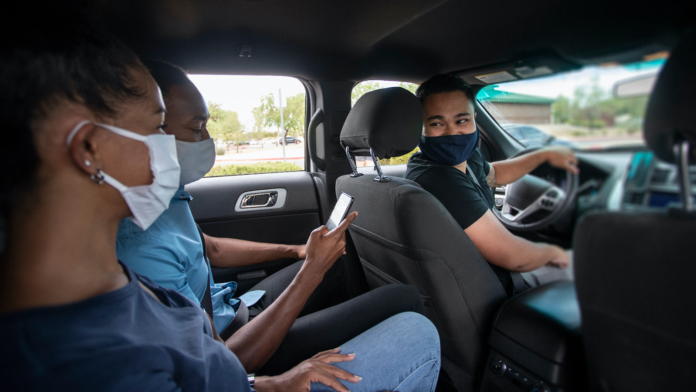Tipping is a great way to reward drivers for going above and beyond. Shelling out some extra money is also a great incentive to encourage rideshare drivers’ work. Plus, you’ll be helping to ensure they can live a happy and fulfilled life. If you’ve ever wondered about specific circumstances to tip, keep reading for a breakdown.
How Much to Tip
Because tipping is subjective and not a requirement, the amount is up to the rider. Much like restaurants, the standard can range from 10% up to 20%. 10% is recommended for average service, while 20% would be for exceptional service.
1. Make It the Principle
Some riders will always tip, regardless of experience. If you have the funds to spare, even if only a couple of dollars, tips can make a difference. Those working in the gig economy tend to rely on tips heavily and need the extra income to make ends meet.
If you’re wondering when to tip, the first option is to tip regardless. It’s also worth noting that tips may be the deciding factor in helping drivers get routine services done to keep their rides safe, avoiding Uber and Lyft accidents.
2. Based on Service
Perhaps most universal is tipping based on experiences with the driver, both before, during, and after. Situations, where someone may be hesitant to tip, include late pick-up, unsafe driving, or poor customer service. If your service was average, feel free to tip at the lower end of the above tipping scale or choose not to.
3. Clean Car
A nice car makes all the difference in creating an enjoyable ride. While Uber and Lyft have certain standards, such as the year the car was made, cleaning can vary from driver to driver. A car that is deep cleaned and smells exceptional to create a nice experience can be a time to tip.
4. Good Conversation
While not everyone is a fan of a conversation during their Lyft or Uber rides, sometimes, a quality one can come about. If your driver is receptive and the two of you have a great conversation, continue tipping. An example of this can be when you’re visiting a new place, and the driver guides you on places to visit and places to eat. If they’re going above and beyond, consider tipping them for their tour guide’s help!
5. Making a Stop
Most ride-sharing apps will allow you to program a stop on your drive or add it while in progress. It may not seem like much for you, but in reality, it can be very burdensome for the driver. The longer the stop, the more deserving your driver is of a tip for that additional tip. Even quick fast-food stops can turn into twenty-minute delays during late nights. Do right by your driver and make sure they’re compensated to some degree for the extra effort.
6. Helping with Bags
If you’re carrying luggage with you or are taking a ride after a shopping trip, consider tipping the driver if they help you. This is another example of a driver going above and beyond in helping you. They’re required to give you the ride, but nothing more. Helping you lift heavy bags or shuffling your bags into the trunk, even helping to carry them to the door, is tip worthy.
7. Complicated Trips
This is another one of those subjective options, but if your destination or pick-up areas are complicated, consider tipping. Some examples may include busy airports or the complete opposite, rural, hard to get destinations. In other words, if it’s not a typical trip and your driver may be deserving of a tip.
8. Obnoxious Passengers
If you or your passengers are rowdy, aka intoxicated, your driver might be worthy of a monetary thank you. Not only are they helping to keep you safe by taking you to the next stop or home, but they also often deal with the screaming, crying, and upset stomachs of weekend night passengers. Reward your driver with a tip to help their headache while you nurse your own.
Final Thoughts
Drivers often make less than a livable wage when all fees and taxes are accounted for. While it’s not solely your responsibility to help them survive, certain situations warrant a little extra help.































